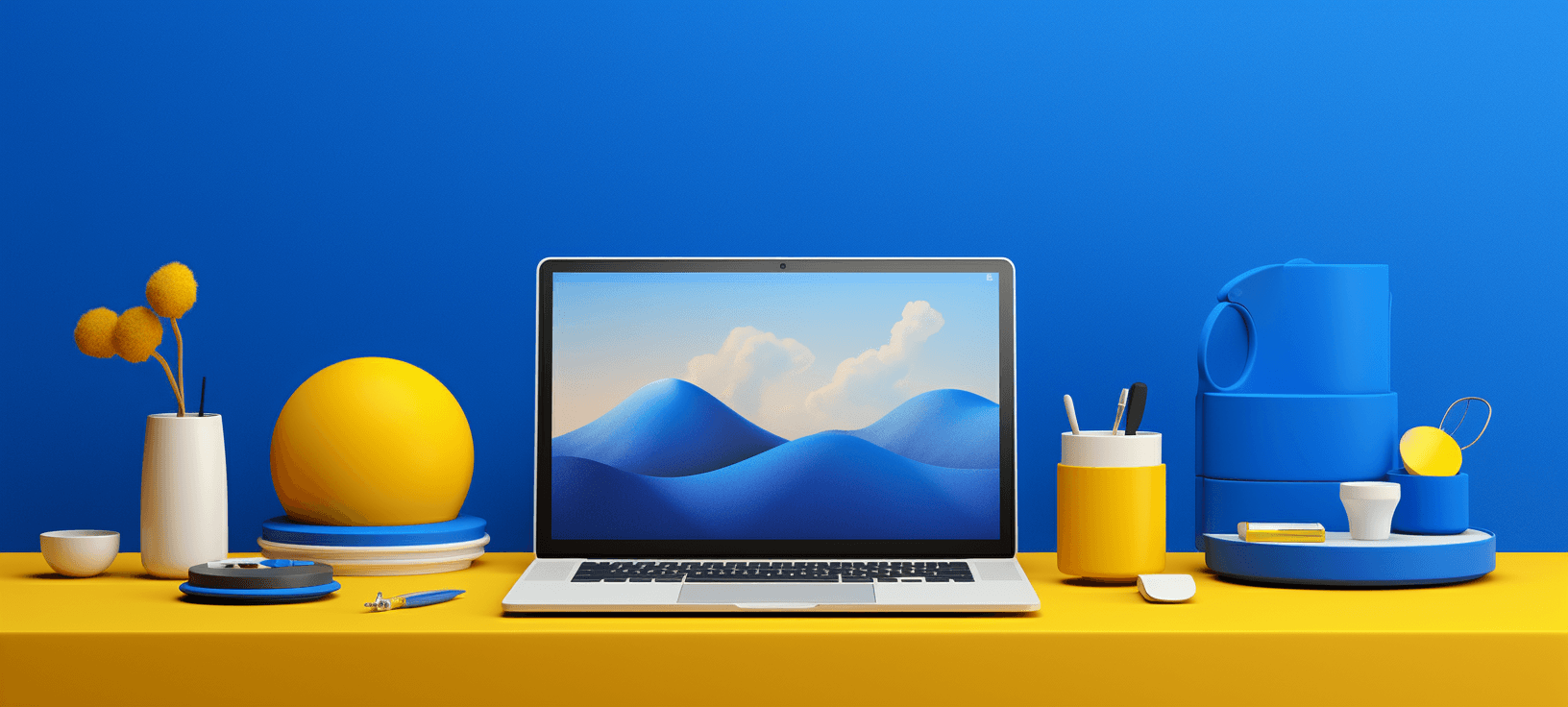A Step-by-Step Guide to Launching Your Website with Web Design Gauteng
A Step-by-Step Guide to Launching Your Website with Web Design Gauteng
Blog Article
Exploring Different Types of Web Style to Improve Customer Experience
In the ever-evolving electronic landscape, the exploration of varied web layout methods is paramount for boosting individual experience. Incorporating interactive components additional enriches the individual trip, making sites more dynamic and appealing.
Responsive Internet Layout
In an era where electronic consumption transcends several tools, responsive web style has actually come to be a cornerstone of reliable customer experience. This adaptability not only enhances aesthetic charm yet additionally improves access and navigation, vital for retaining user interaction.
The execution of RWD starts with a mobile-first approach, prioritizing the tiniest screen size to guarantee performance and aesthetic comprehensibility. By making use of CSS media questions, developers can customize the website's appearance based on the attributes of each tool. This ensures that pictures range properly, message continues to be clear, and interactive components are conveniently available, thereby reducing the requirement for too much scrolling or resizing.
In addition, responsive layout adds to boosted search engine optimization (SEARCH ENGINE OPTIMIZATION) by supplying a consistent user experience and lowering bounce rates. Internet search engine prefer mobile-friendly sites, making responsiveness an important component of digital approach. Essentially, responsive web layout is crucial for accommodating diverse customer communications, fostering a engaging and comprehensive on-line existence.
Minimalist Style Approaches
Minimalist style's appeal depends on its capacity to distill complex details into its most vital elements, developing a clean and user-friendly user experience. By focusing on simpleness, minimal style removes peripheral information, enabling individuals to concentrate on core content and performance. This strategy is characterized by enough white space, tidy lines, and a restricted color combination, every one of which add to an aesthetically pleasing and efficient user interface.

Moreover, minimal layout supports quicker filling times, as fewer visual components and decreased material intricacy can decrease the amount of information called for to provide a webpage. This efficiency not only enhances individual complete satisfaction but also contributes to much better search engine optimization (SEO) rankings. As a result, minimal design is not merely a stylistic choice however a critical strategy that can considerably impact customer interaction and conversion prices.
Interactive and Dynamic Aspects
Interactive and vibrant components are critical in boosting user interaction and creating unforgettable internet experiences. These elements consist of animations, hover results, sliders, and real-time updates, which not only record customers' interest yet likewise promote seamless navigation. By including these features, designers can change fixed pages into appealing electronic environments that motivate communication and exploration.
Animations, for circumstances, can guide individuals via complex info without frustrating them, while hover effects supply immediate comments, improving the customer's understanding of clickable locations. Web Design Gauteng. Furthermore, sliders permit users to watch content at their own rate, and real-time updates ensure that info offered is relevant and existing, keeping the user's rate of interest

User-Centric Design Strategies
A foundation of effective internet design is the execution of user-centric style techniques, which focus on the requirements and preferences of the end customer above all else. By concentrating on the individual, designers can develop instinctive, available, and appealing experiences that improve contentment and drive interaction.
One fundamental technique click for info is functionality screening, which entails observing actual individuals as they communicate with the design. This process recognizes discomfort factors and areas for enhancement, allowing developers to improve the user interface iteratively. Incorporating comments loops and dexterous methods further makes sure the design advances in placement with individual expectations.
In addition, access is a critical part of user-centric layout. Making sure that digital platforms come to all individuals, consisting of those with impairments, boosts inclusivity and broadens the possible user base. This can be accomplished with conformity with Web Material Ease Of Access Standards (WCAG) and the thoughtful application of layout concepts like readability, navigating, and comparison.
Inevitably, effective user-centric style fosters a smooth connection in between the customer and the digital setting, elevating overall user experience.
Carrying Out Newest Layout Patterns
In the world of web layout, remaining abreast of the latest style trends is essential for producing useful and visually engaging interfaces that astound individuals. Minimal design, identified by clean lines and enough white area, permits individuals to concentrate on material without unneeded diversions.

In addition, incorporating the most up to date typography fads, such as variable typefaces, offers flexibility and flexibility across various tools and screen sizes, making certain uniformity in user experience. Finally, dark setting styles have gained popularity as a result of their aesthetic allure and power performance on OLED screens. By purposefully applying these patterns, internet designers can create user-friendly and innovative web sites that resonate with modern audiences.
Verdict
A thorough expedition of different internet layout methods is important my latest blog post for boosting user experience. By incorporating receptive style, minimal techniques, and interactive components, web sites can ensure optimum usability and visual appeal throughout diverse tools. Highlighting user-centric techniques guarantees access and involvement, while including the most recent design trends fosters a fascinating on the internet setting. Inevitably, a well balanced and informed technique to internet style considerably enhances customer fulfillment and interaction, bring about improved total website performance and success.
In the ever-evolving digital landscape, the exploration of varied internet style methodologies is critical for improving individual experience.A keystone of effective web layout is the application of user-centric style approaches, which prioritize the demands and preferences of the end individual over all else. Making sure that electronic platforms are available to all individuals, consisting of those with disabilities, enhances inclusivity and widens the possible individual base.In pop over to these guys the realm of internet layout, staying abreast of the newest design fads is crucial for developing practical and visually compelling user interfaces that mesmerize individuals (Web Design Gauteng).An extensive exploration of numerous web design methodologies is crucial for improving user experience
Report this page